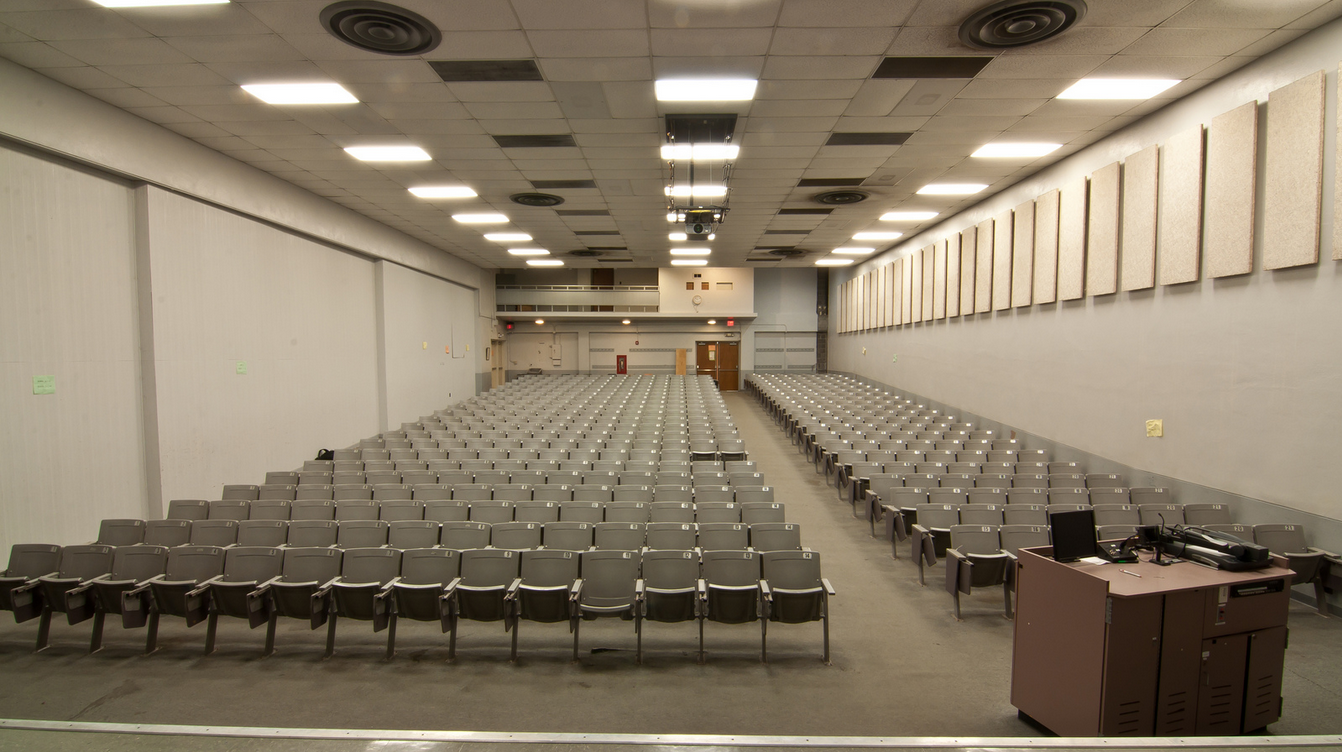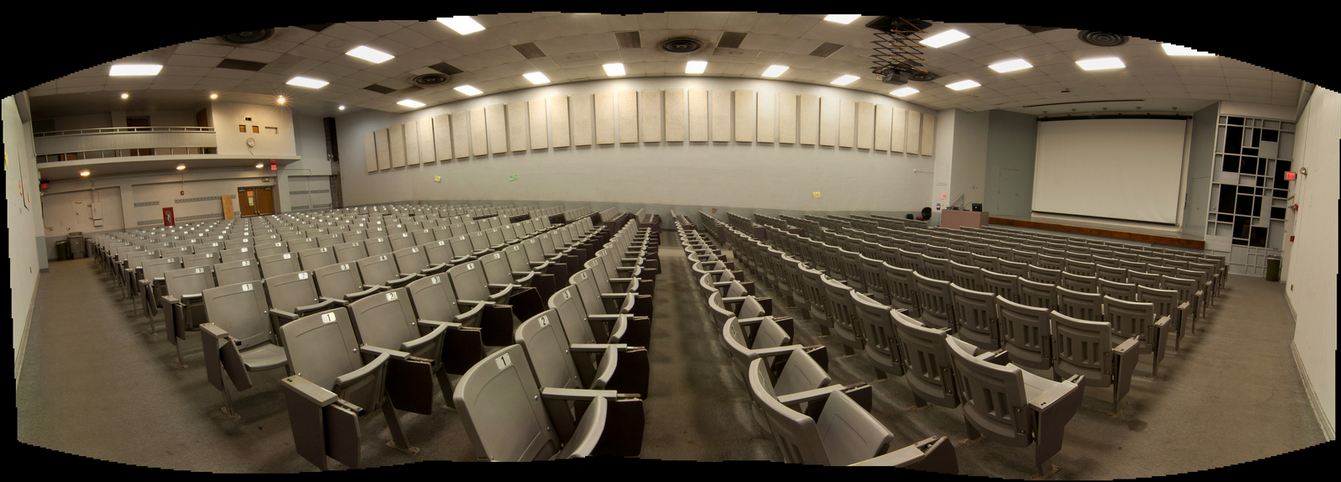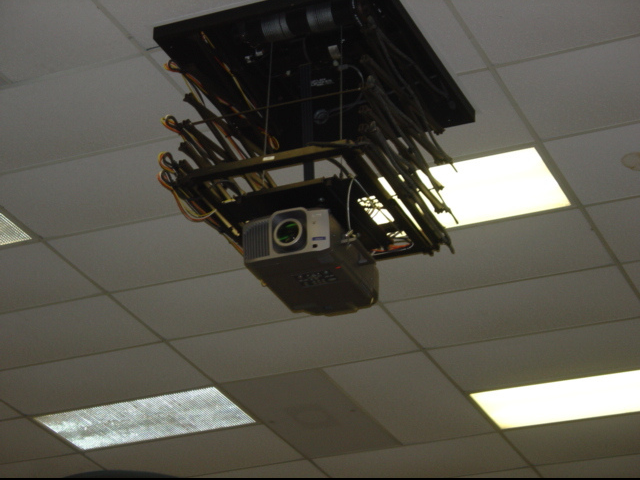Five Decades Later: Integrating Technology in a Large, Lecture Hall
Rebecca Gould, Kansas State University
Background
Evolution of Learning Spaces
Dilemma
Process and Timeline
Key Players and Their Roles
Challenges
Renovation
Technology
Lessons Learned
Continuous Improvement
The first and largest classroom on the Kansas State University campus, Umberger 105, was constructed in 1954. For almost half a century, the room was unchanged until, in 1995, it was upgraded with an 800-lumens, 80-pound Show Star projector, projector lift, a huge podium (4’x5’), VHS player, PowerMac 6100 with dual boot capabilities, a low-resolution composite video Elmo document camera, and a complete sound system with a manual audio mixer. Looming behind the faculty was a 345 square foot stage, which was too costly to remove. After a fresh coat of battleship gray paint, Umberger 105 (UM 105), with a capacity of 483 students, became a showpiece—the first centrally funded technology classroom on the campus. Disciplines, including art, business, education, geology, journalism, psychology, sociology, and statistics, clamored to schedule the room for introductory to senior level courses, with an average of 3,500 students enrolled in courses using the room each semester.
Figure 1. Overview video of Umberger 105 |
A short video of UM 105 prior to renovation is provided in Figure 1. With a distance from the faculty to the student in the last row in the last seat equal to 100 feet, limited interactivity was possible, as demonstrated in Figure 2. A panoramic view of the room is provided in Figure 3. The stage behind the podium served no purpose and was 11 ½ ' wide x 30' deep. The screen was 20' x 15'. A scissor lift provided for periodic service of the projector (Figure 4).
There are many challenges listed above that are related specifically to this environment including the original stage, second floor balcony, and exterior stoop. Other challenges are probably found at many institutions including shortening the distance from student to faculty, improving the viewing angles, and eliminating the ability for a faculty to be lost behind the podium. Students come in all shapes and sizes and the team needed to be sensitive to that when planning for seating. Sound and acoustics, simple technologies, are often overlooked in room updates. Prior to the renovation, some faculty would try to teach without using a microphone. This was a sure-fire way to disengage students.
Due to the changing landscape in teaching and learning, the volume of students in/out of the room, and daunting upkeep requirements, within ten years UM 105 was in desperate need of an extreme makeover. While the technology had been refreshed every three to five years, no other updates occurred. By 2007, the room was an eyesore and not conducive to current pedagogy, faculty teaching style, or learner preferences. This story is similar to that of other universities, a large eyesore of a lecture hall after five decades of minor updates no longer fit current pedagogy, faculty teaching style or learner preferences.



